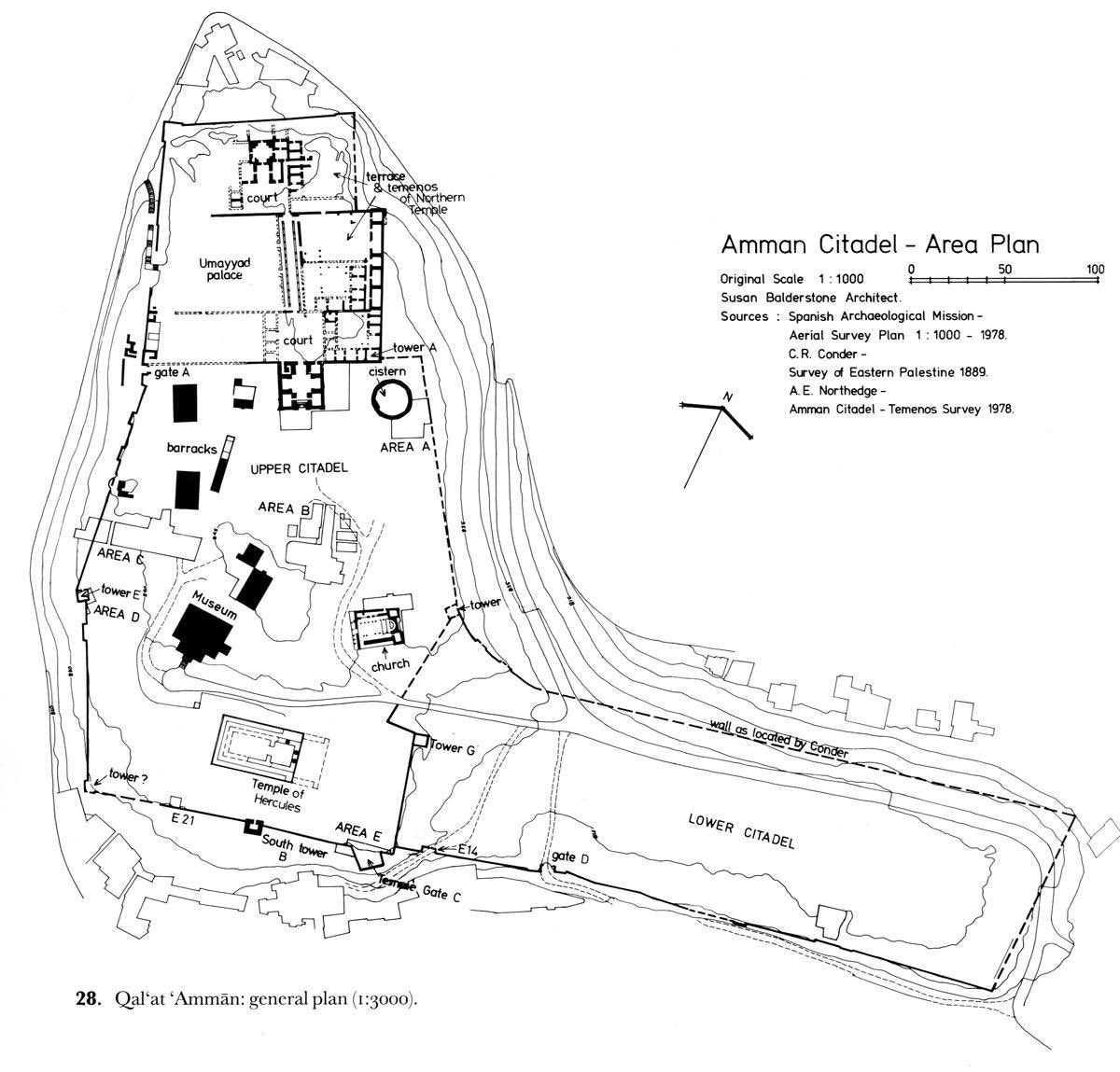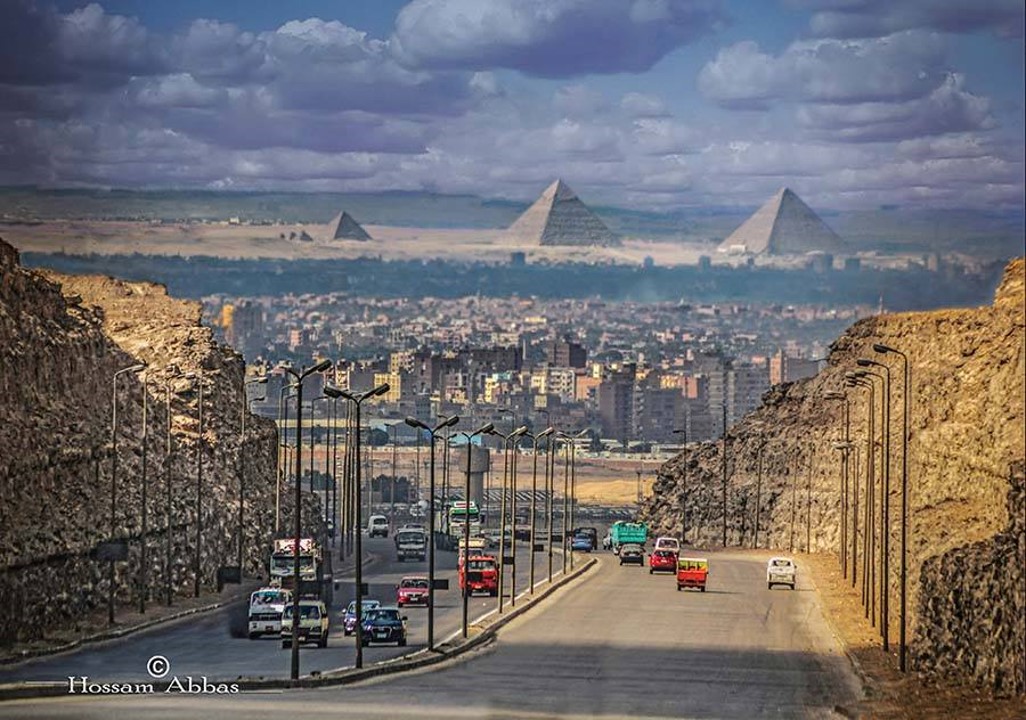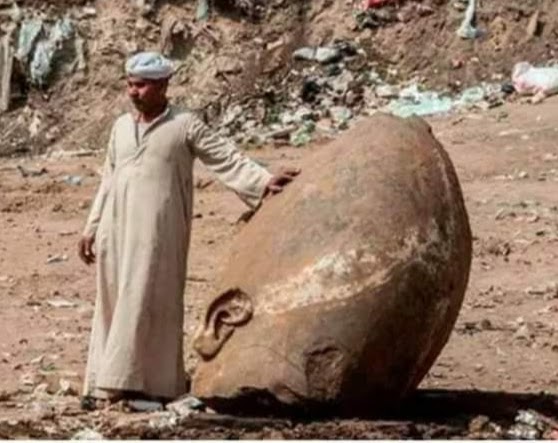Discover and read the best of Twitter Threads about #MuseumsUnlocked
Most recents (24)
1/ Welcome to this @PalExFund Twitter takeover #HiddenHistories – the private lives of Levantine Neolithic masks. With generous support from the @PalExFund and @AIAResearch, this week I @mokersel started my research into a group of 18 Levantine Neolithic masks ~8800-6500BCE. 

2/ I am an archaeologist who has worked in the region for years. I also have research interests in the buying and selling of antiquities and the public presentation of artifacts #museums #provenance #antiquitiestrade #followthepots @DePaulAnthro 
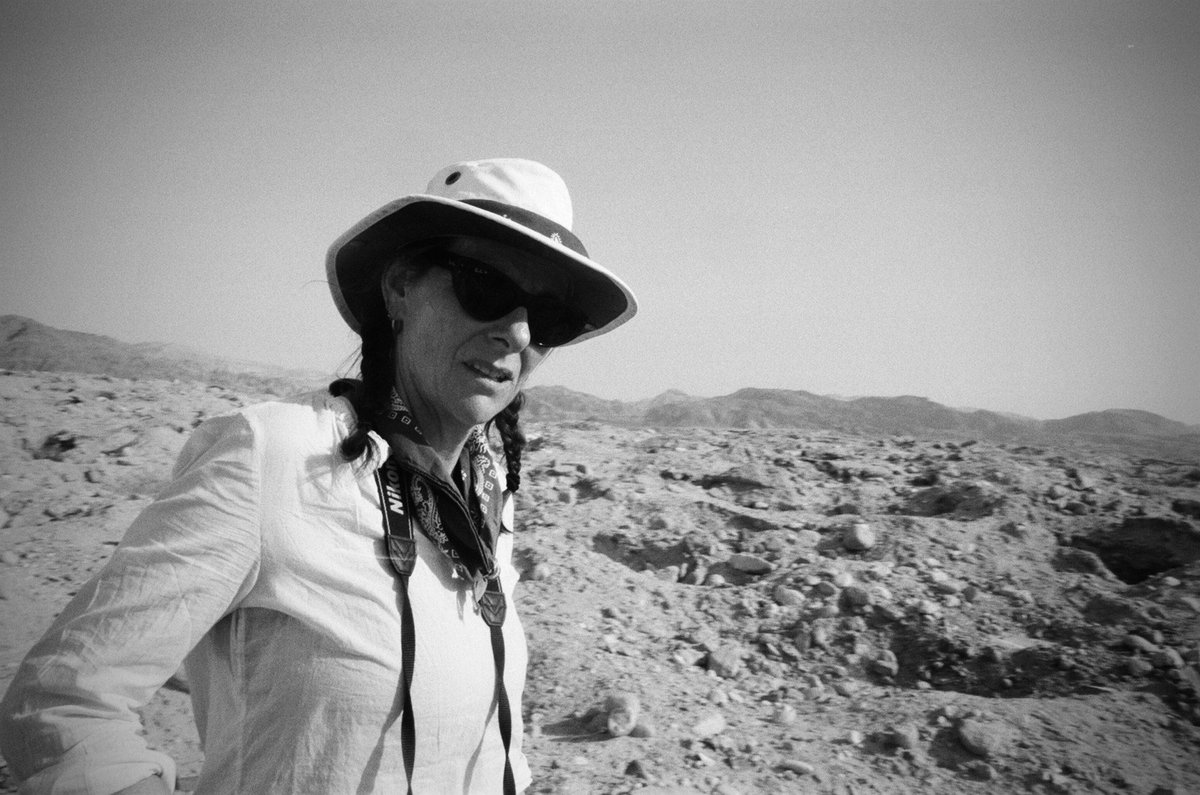
3/ I use a combination of object biographies, itineraries, ethnographies (with IRB approval), and archival research to unmask the private lives and insecure provenience (archaeological findspot) and provenance (owner history) of these 18 masks. #HiddenHistories @PalExFund 

#MuseumsUnlocked Day 107: Rome/Architecture. The Pantheon: How did this beautifully preserved mix of concrete, bronze & precious materials from across the globe come together as one of the world's most magnificent buildings? It began with Marcus Agrippa...1/5
#Roman #Archaeology


#Roman #Archaeology



Taken aback by the number of lovely tweets, DMs and emails like this one I've had over the past few days — many personal stories of how sharing art, culture and heritage got us all through hard times. The thanks are obviously to EVERYONE who created what #MuseumsUnlocked became. 

I knew 1.4 million tweet impressions per week meant something - but when it's translated into directly human terms it hits home. Thanks again everyone, and I'm sure we'll do something exciting with the @MuseumsUnlocked idea in the near future as we take stock #MuseumsUnlocked
It was lovely to have these comments by Baroness Barran about #MuseumsUnlocked last month—but these unsolicited personal testimonies are something else. Here's hoping we'll collectively find ways to channel this ethos for even more positivity in the future
Day 92 Domestic Spaces & Museums #MuseumsUnlocked @danhicks On 10 June 1944 a Waffen-SS company held a massacre in the village of Oradour-sur-Glane in the French countryside near Limoges. 

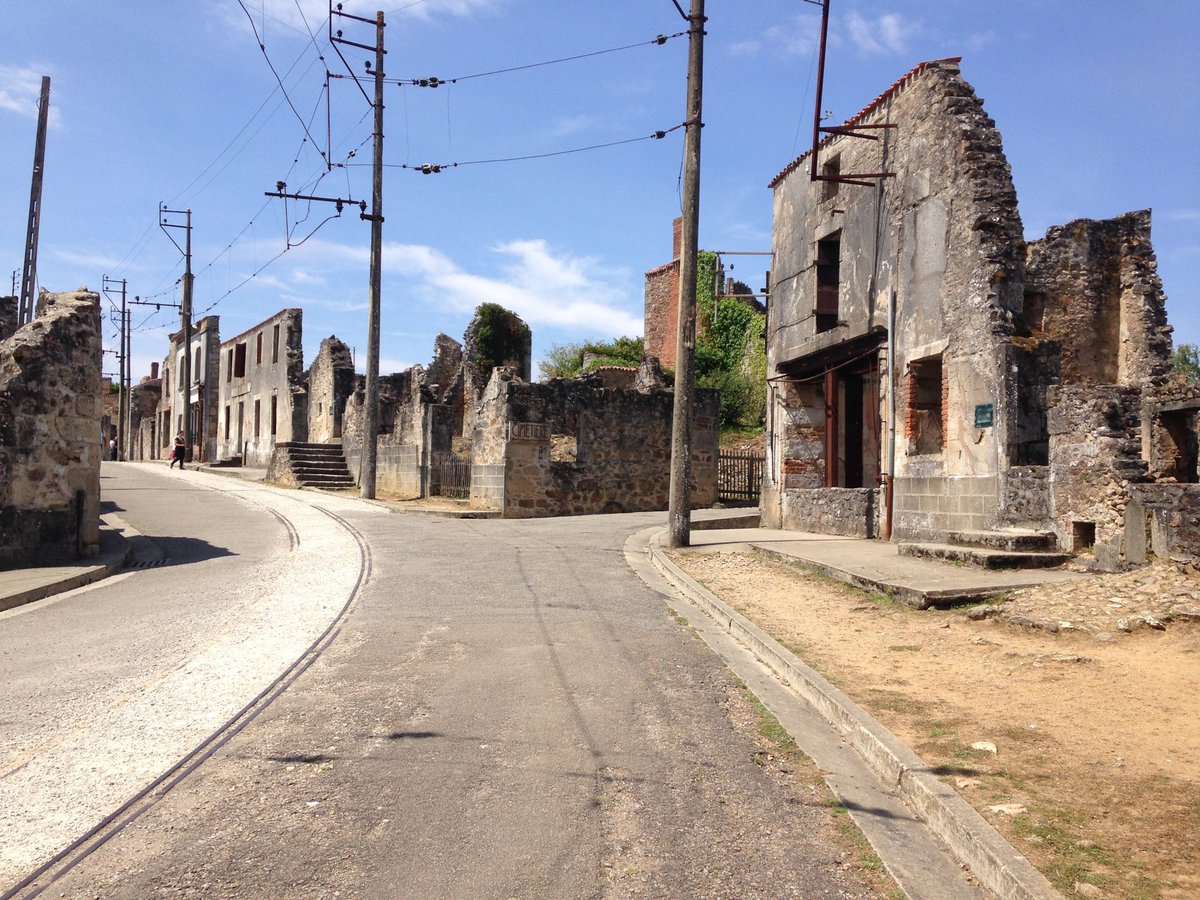
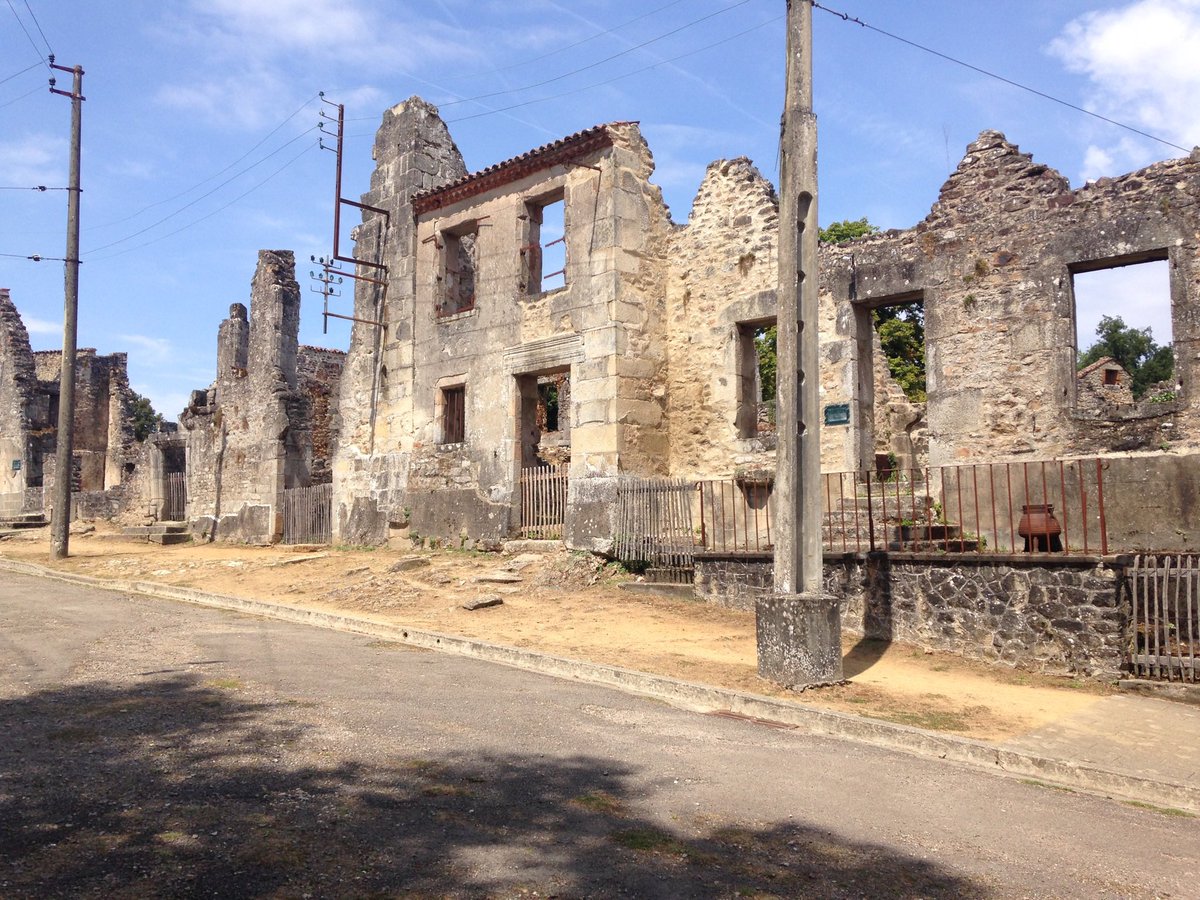
The Germans, including French collaborators, killed almost all inhabitants of Oradour-sur-Glane, and some visitors in the village, 642 victims, and only a few succeeded in an escape #MuseumsUnlocked @profdanhicks. 

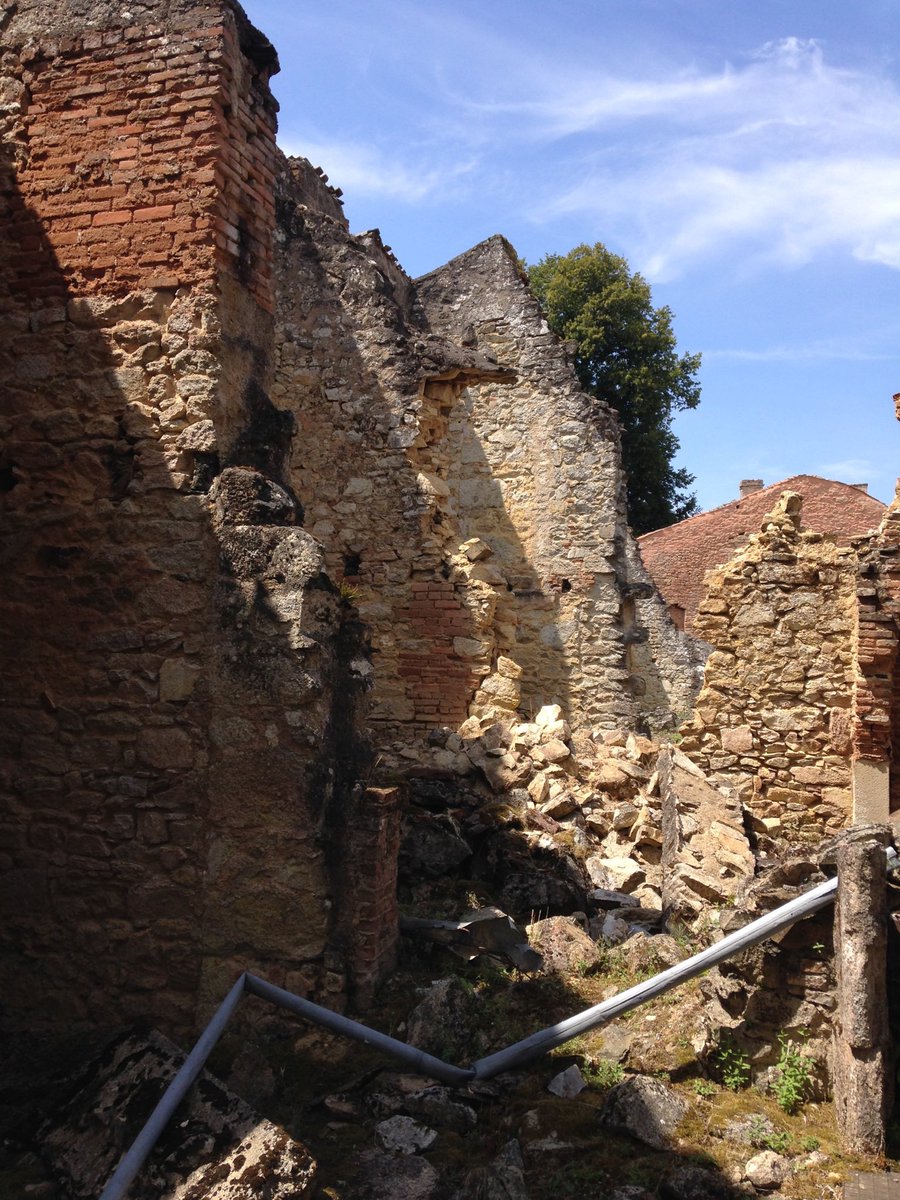
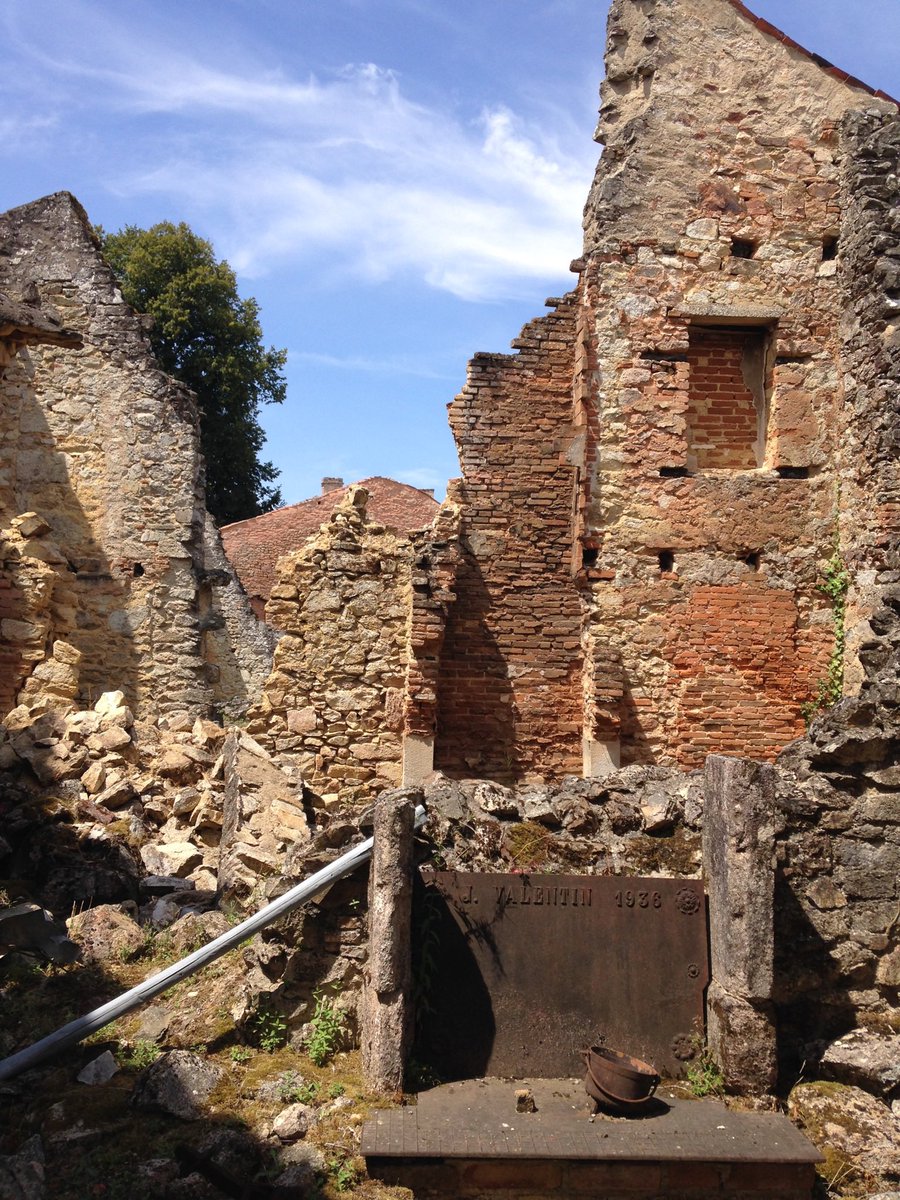
The men were gathered by the Germans in barns and executed by machine gun fire. Women and children locked up in the church, later, when they tried to escape 247 women and 205 children were also killed by machine gun fire. #MuseumsUnlocked @profdanhicks 

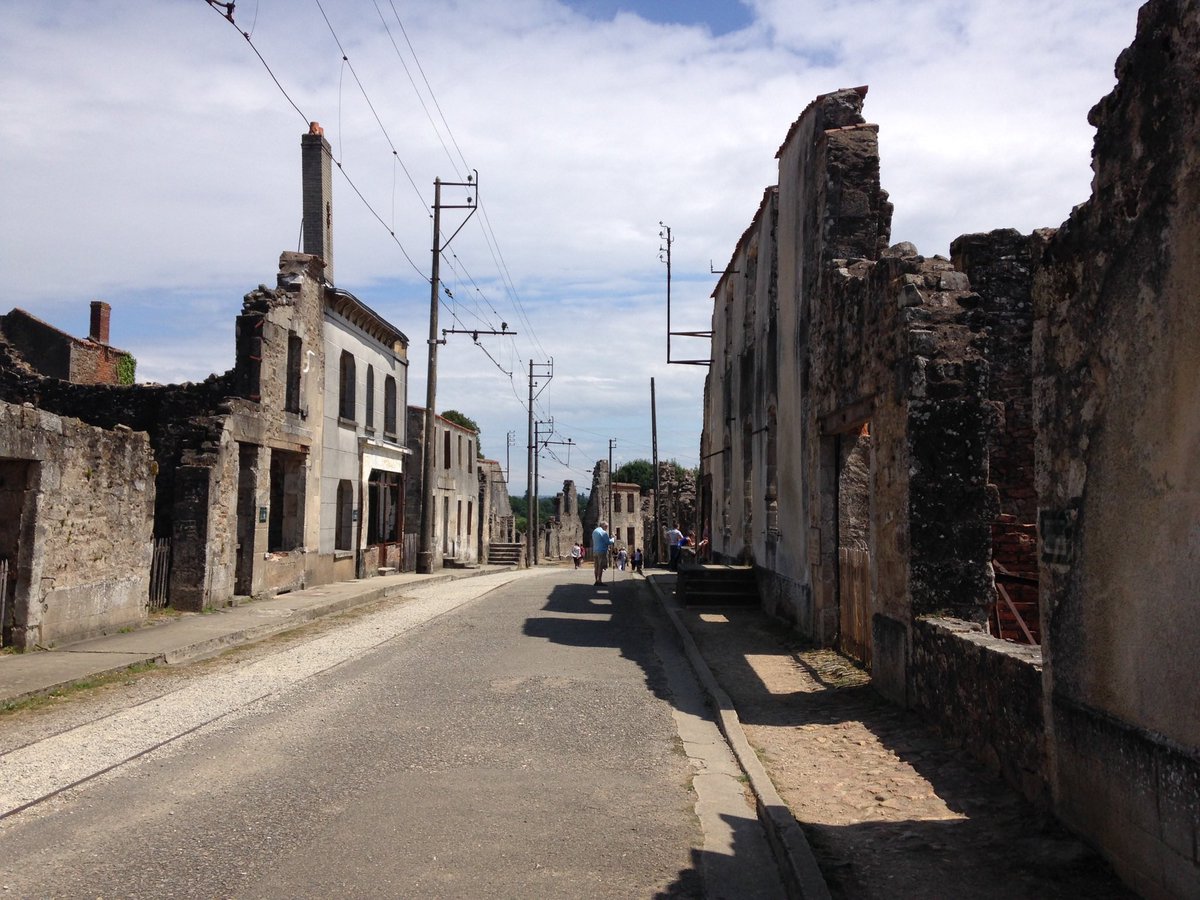
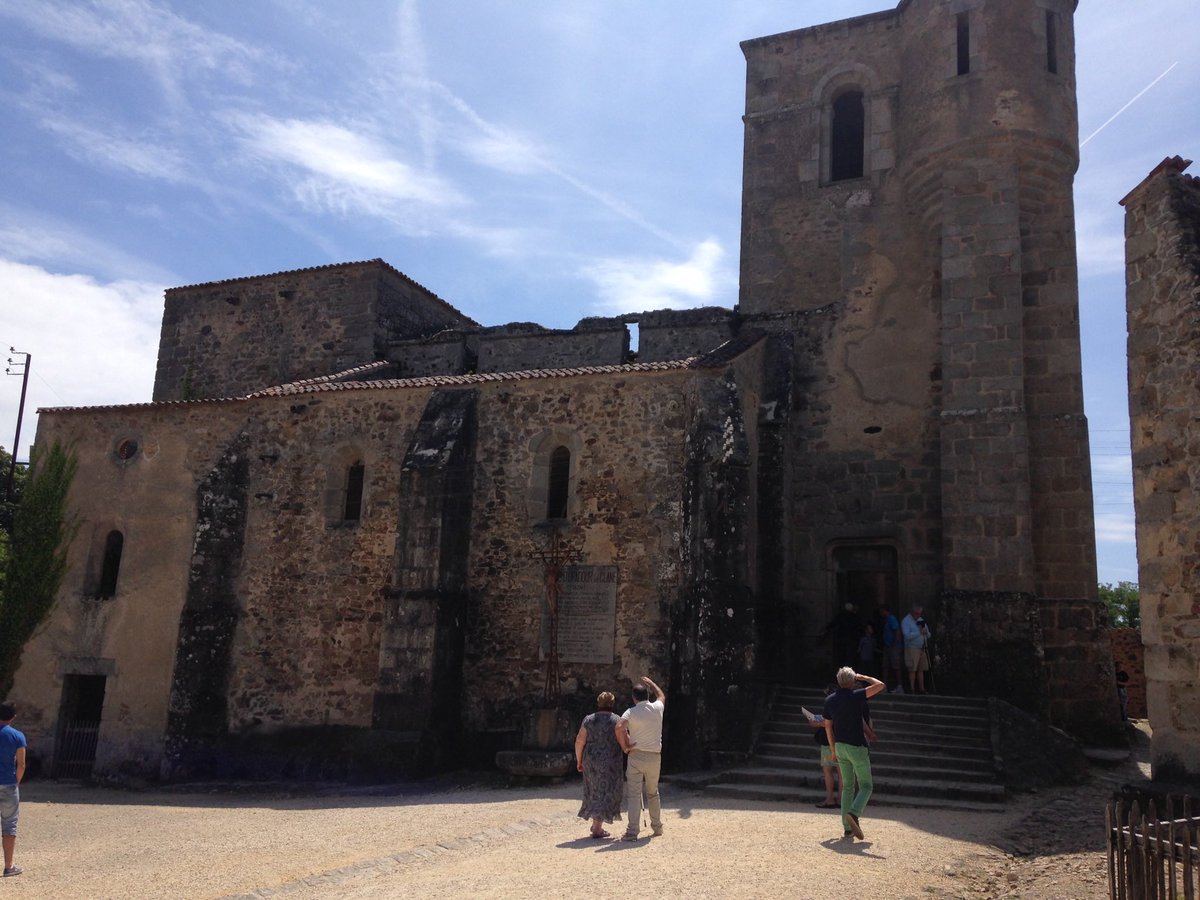
#MuseumsUnlocked - Food and Drink
Do you want sauce with that? Fish sauce, Garum that is... One of the mosaics from the impluvium of the House of Aulus Umbricius Scaurus, Pompeii (7.16.15), showing an urceus of his garum.
Images: Pompeii in Pictures

Do you want sauce with that? Fish sauce, Garum that is... One of the mosaics from the impluvium of the House of Aulus Umbricius Scaurus, Pompeii (7.16.15), showing an urceus of his garum.
Images: Pompeii in Pictures


The inscription reads as:
"G(ari. F(los) SCOM[bri] SCAURI EX OFFI[ci]NA SCAURI"
'The flower of Scaurus' mackerel garum, from the factory of Scaurus'
"G(ari. F(los) SCOM[bri] SCAURI EX OFFI[ci]NA SCAURI"
'The flower of Scaurus' mackerel garum, from the factory of Scaurus'
Martial (13.102) describes Garum as a delicacy:
Expirantis adhuc scombri de sanguine primo
Accipe fastosum, munera cara, garum.
'Receive lordly garum, an expensive present, from the first blood of a mackerel still breathing its last.'
Expirantis adhuc scombri de sanguine primo
Accipe fastosum, munera cara, garum.
'Receive lordly garum, an expensive present, from the first blood of a mackerel still breathing its last.'
A Bonus Ancient Artefact of the Day: to tie in with #MuseumsUnlocked on 'Gold, Silver, and Jewels'
The so-called 'Burial Mask of Agamemnon', one of the most famous artefacts of the Aegean Bronze Age. #AAOTD
Image: Mask NM 624, from the southern burial in shaft grave V, Mycenae
The so-called 'Burial Mask of Agamemnon', one of the most famous artefacts of the Aegean Bronze Age. #AAOTD
Image: Mask NM 624, from the southern burial in shaft grave V, Mycenae

I remember when I first saw this piece and it simply blew me away. Excavated by Schliemann in 1876, the piece captured the popular imagination and has become one of the typical images used to illustrate the period.
Ancient Artefact of the Day: One of the two silver skyphoi from the Berthouville Hoard, decorated with Centaurs, and a fine example of Roman luxury silver. #AAOTD #MuseumsUnlocked
Image: Bibliothèque nationale de France, Cabinet des Médailles Cat. No.61
Image: Bibliothèque nationale de France, Cabinet des Médailles Cat. No.61

The #AcropolisMuseum in #Athens is a striking museum completed in 2009. Designed by the renown architect Bernard #Tschumi the museum was built to be in harmony with the Sacred Rock and the #Parthenon itself. #Museum #architecture #MuseumsUnlocked @profdanhicks @cultureGR 1/4 
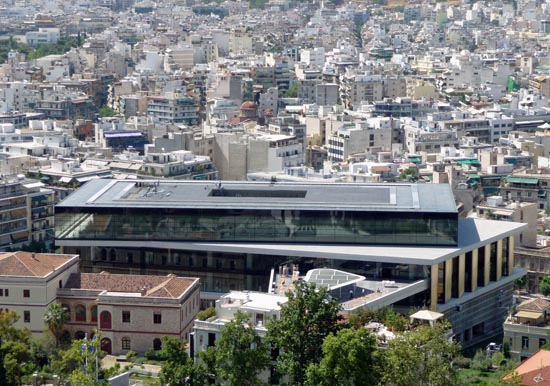
Tschumi and his Greek collaborator, Michael Fotiadis, came up with a design based on movement and light, embodying an ethos that this museum needs to consider its role both as a repository for its collections and as an influential context for the Classical art of its time. 2/4 







The essence of the architects' brief was to construct a museum that would establish a unique visual experience with the #Parthenon, not as destination museum, but in a sensual dialogue between the #ParthenonSculptures and the Parthenon itself that would reach across centuries 3/4 




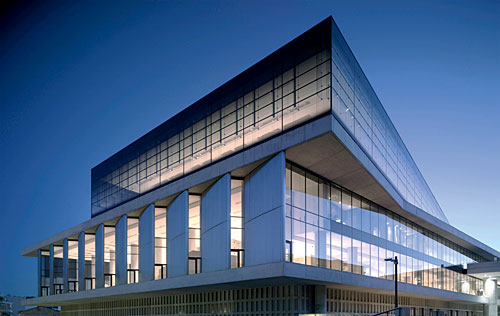
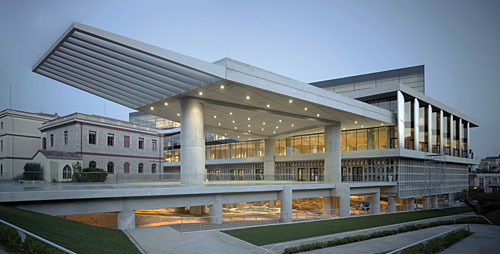
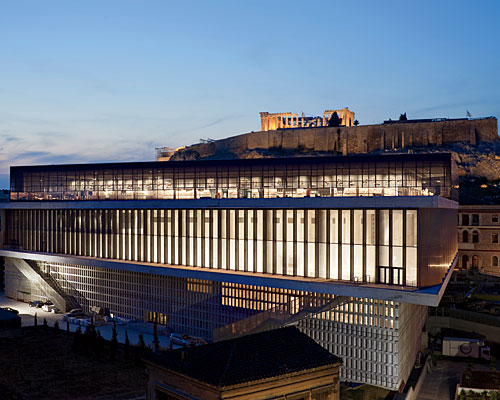
#MuseumsUnlocked - Science and Scientists
The Antikythera Mechanism, discovered on a shipwreck of ca. 70-50 BC: an astronomical calculator and navigation aid.
Images: Smithsonian; Digital reconstruction of the mechanism by Tony Freeth (see next tweet)


The Antikythera Mechanism, discovered on a shipwreck of ca. 70-50 BC: an astronomical calculator and navigation aid.
Images: Smithsonian; Digital reconstruction of the mechanism by Tony Freeth (see next tweet)



For a very clear summary of the research by the Antikythera Mechanism Research Project, with superb images, see:
cacm.acm.org/magazines/2020…
cacm.acm.org/magazines/2020…
On the calendrical mechanism, see:
Paul A. Iversen. "The Calendar on the Antikythera Mechanism and the Corinthian Family of Calendars." Hesperia: The Journal of the American School of Classical Studies at Athens 86, no. 1 (2017): 129-203
jstor.org/stable/10.2972…
Paul A. Iversen. "The Calendar on the Antikythera Mechanism and the Corinthian Family of Calendars." Hesperia: The Journal of the American School of Classical Studies at Athens 86, no. 1 (2017): 129-203
jstor.org/stable/10.2972…
A Bonus Ancient Artefact of the Day: To unite #AAOTD with #MuseumsUnlocked - a bronze sistrum, ca. AD 50-150, a cultic rattle typically associated with eastern religions, such as that of the deities Isis and Serapis.
Image: British Museum (1756,0101.541)
Image: British Museum (1756,0101.541)

The cult of Isis was not always a popular one in Rome, despite this sistrum being found in the environs of Rome, and certainly under the Julio-Claudian emperors, the cult was one of a number of foreign religious practices that were oppressed.
We may recall that Suetonius (Augustus 93.1) claimed that while Augustus showed respect for ancient foreign rites, he despised the rest; Tiberius abolished foreign cults at Rome, forcing the initiates to burn their vestments and accessories (Suetonius, Tiberius 36.1).
#MuseumsUnlocked - Music
The Dioysiac sarcophagus of Maconiana Severiana, ca. AD 210-220, with the revels accompanied by music of typanum, flute and symbols; found near Porta Capena, Rome.
Image: J. Paul Getty Museum (83.AA.275.1)
The Dioysiac sarcophagus of Maconiana Severiana, ca. AD 210-220, with the revels accompanied by music of typanum, flute and symbols; found near Porta Capena, Rome.
Image: J. Paul Getty Museum (83.AA.275.1)

The inscription reads:
D(is) M(anibus) | Maconianae Severianae | filiae dulcissimae | M(arcus) Sempronius Proculus | Faustinianus v(ir) c(larissimus) et | Paecilia Severiana, c(larissima) f(emina) | parentes
D(is) M(anibus) | Maconianae Severianae | filiae dulcissimae | M(arcus) Sempronius Proculus | Faustinianus v(ir) c(larissimus) et | Paecilia Severiana, c(larissima) f(emina) | parentes
'To the shades of the dead, for Maconiana Severiana, the sweetest daughter, her parents Marcus Sempronius Proculus Faustinianus, a very well-known man, and Praecilia Severiana, a very well-known woman, [had this made].'
Music accompanied nearly all aspects of Ancient Greek life: religion, funerals, the harvest, military marches & of course poetry! Today’s #MuseumsUnlocked #thread highlights archaeological evidence for Greek #music & an excellent regional museum!
.
.
#archaeology #greece #art
.
.
#archaeology #greece #art
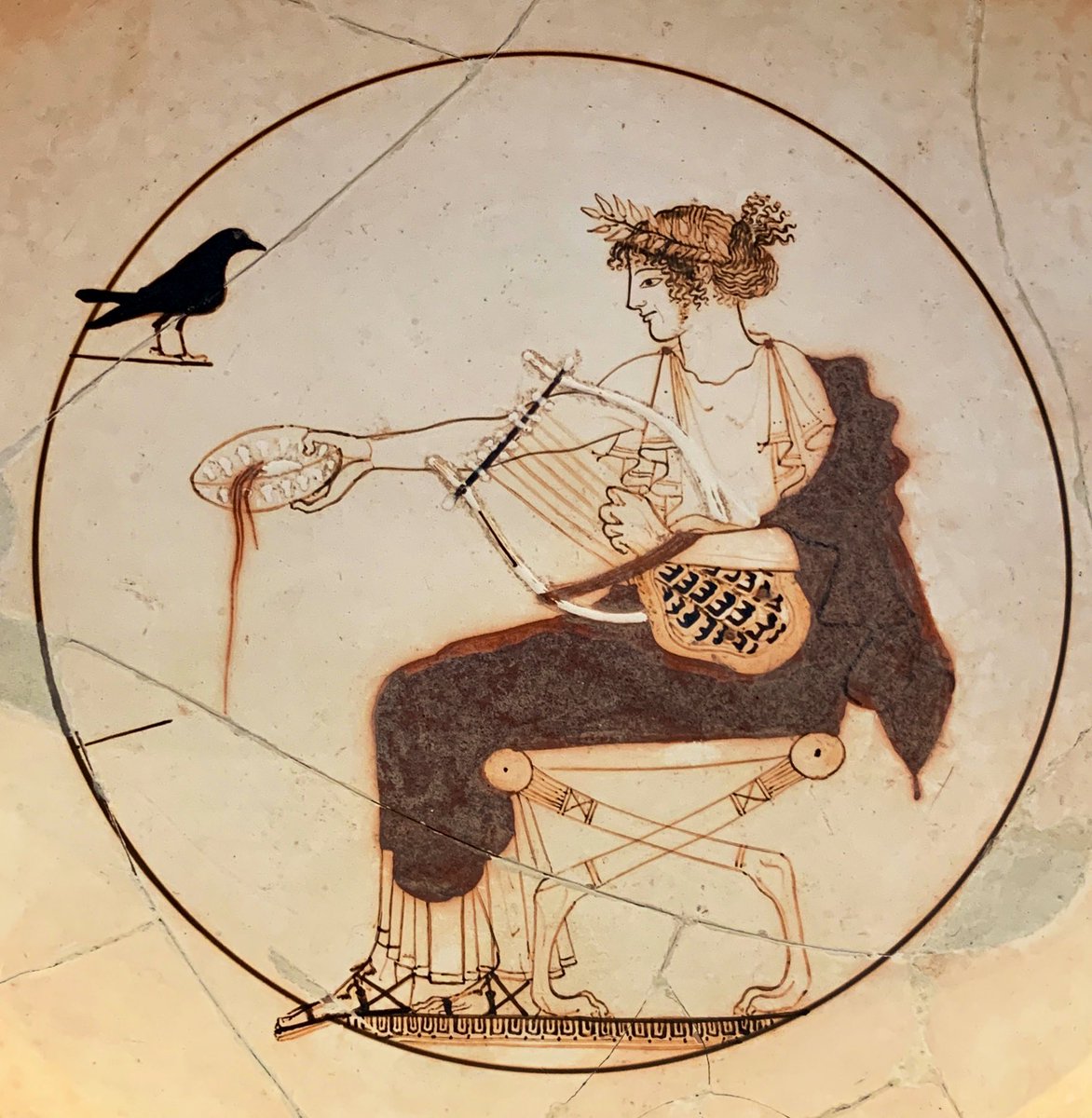
If you’ve ever visited #Amman, you’ve definitely caught a glimpse of the colossal Temple of ‘Hercules’ standing tall on ancient acropolis. The architecture is amazing, but who was the temple actually for & was it ever finished?
.
.
#Archaeology #MuseumsUnlocked #ClassicsTwitter
.
.
#Archaeology #MuseumsUnlocked #ClassicsTwitter
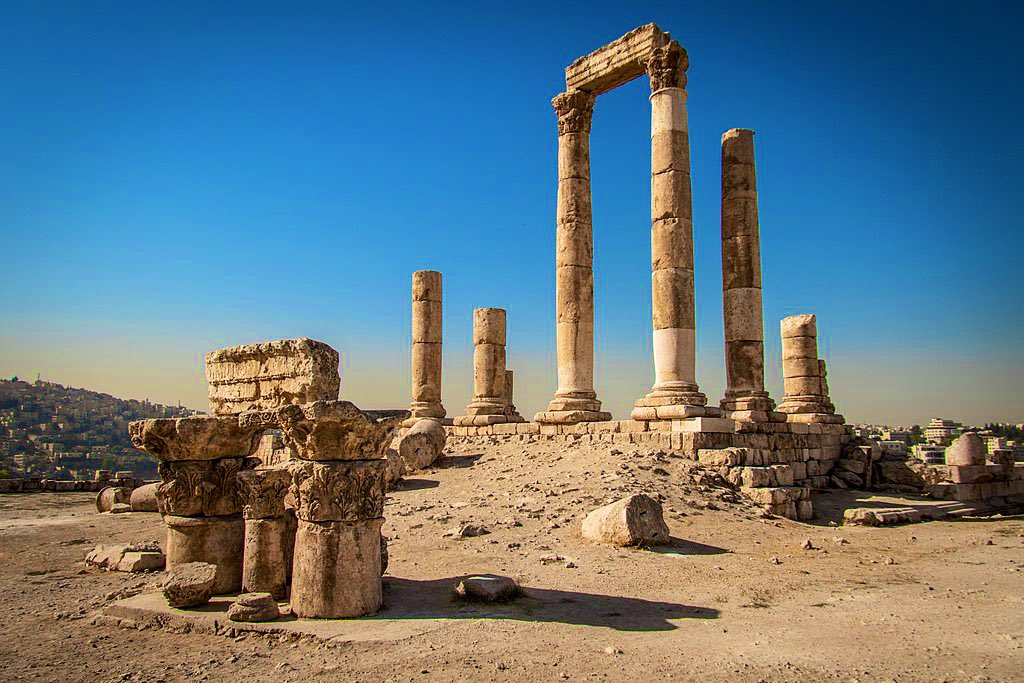
#MuseumsUnlocked - Religious Art and Places of Worship
The Temple of Isis in #Pompeii - one of my favourite ancient cults and a gorgeous little temple.

The Temple of Isis in #Pompeii - one of my favourite ancient cults and a gorgeous little temple.


A temple to the Egyptian goddess Isis was probably established in the Theatre district of Pompeii towards the end of the second century BC. Nearby Puteoli had established a Temple of Serapis by 105 BC, with evidence of an Isis cult also being found at Herculaneum.
Oooh, I want to join in #MuseumsUnlocked today with some of the modernist churches of Edinburgh! Photos from the first two excellent tours organised by DoCoMoMo Scotland.
First off, St Andrews Clermiston (Basil Spence) festival style with style
flickr.com/photos/2491853…
First off, St Andrews Clermiston (Basil Spence) festival style with style
flickr.com/photos/2491853…
Second, the ludicrously minimalist, modernist Craigsbank. 2001 A Space Odyssey called and they want their set back #MuseumsUnlocked
flickr.com/photos/2491853…
flickr.com/photos/2491853…
Third, the divine, and sadly demolished, St John's Oxgangs (Reiach and Hall) #MuseumsUnlocked
flickr.com/photos/2491853…
flickr.com/photos/2491853…
#MuseumsUnlocked - Sussex, Hampshire, Surrey, and Kent
The famous Europa mosaic from Lullingstone Villa in Kent, mid-Fourth Century AD. #Mosaic
The verse above reads:
INVIDA SI TA[URI] VIDISSET IUNO NATATUS
IUSTIUS AEOLIAS ISSET AD USQUE DOMOS
Image: English Heritage
The famous Europa mosaic from Lullingstone Villa in Kent, mid-Fourth Century AD. #Mosaic
The verse above reads:
INVIDA SI TA[URI] VIDISSET IUNO NATATUS
IUSTIUS AEOLIAS ISSET AD USQUE DOMOS
Image: English Heritage

This is usually translated:
'If the jealous Juno had seen the swimming of the bull, more justly would she have gone to the Aeolian halls'
Traditionally, this has been linked to Virgil 'Aeneid' 1.50-52, where Juno travels to Aeolus to raise the storm to wreck Aeneas' ships.
'If the jealous Juno had seen the swimming of the bull, more justly would she have gone to the Aeolian halls'
Traditionally, this has been linked to Virgil 'Aeneid' 1.50-52, where Juno travels to Aeolus to raise the storm to wreck Aeneas' ships.
But as this mosaic floor was laid in the period where the traditional Roman pagan religion was vying with Christianity, there have been frequent attempts to identify symbolism within the scene and the text.
#MuseumsUnlocked #Portraiture Most images of Africans in European art pre #C19 fall into one of two categories: servants, or so called “Blackamoors,” and legendary/ religious figures, like St. Maurice. Very little thought has been given to these images as portraits. 

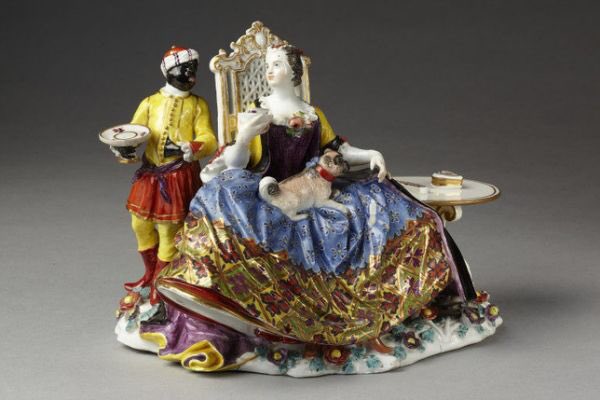
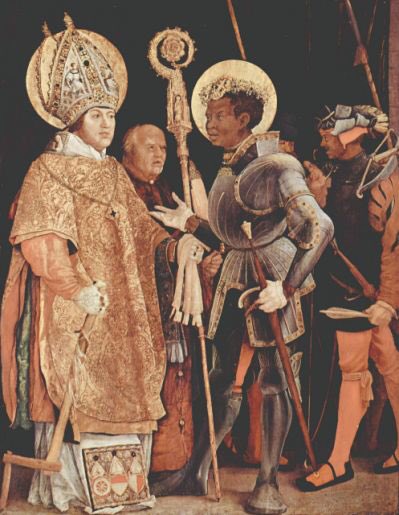
It would admittedly be hard to link such images to individual sitters. But that doesn’t mean we shouldn’t try. Scholars, for example, have identified historical actors who served as models for popular figures in #C18 #porcelain, such as Falstaff, as portrayed by James Quinn. 
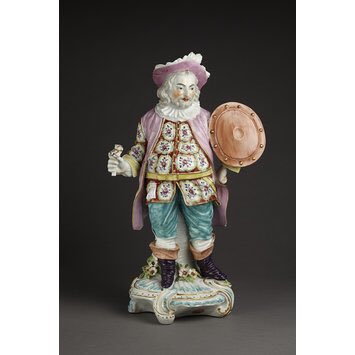
The #Meissen figurine that shows the „Blackamoor“ (a term that conflates an Arab or Muslim with a black African) was made for the Court of Augustus III in Dresden, where meticulous records were kept of everything. Surely there must be names of servants somewhere in a register?
#MuseumsUnlocked #WestAfrica This monument at the Martin Luther University Halle-Wittenberg commemorates Anton-Wilhelm Amo (1703-1759), the first person of African descent to teach at a Germany University. 

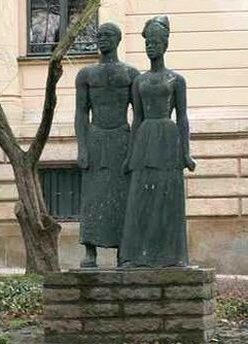
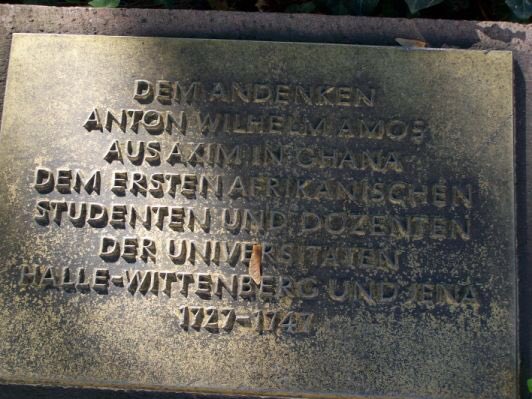
Today's #MuseumsUnlocked topic is so interesting to me that I like to share an entire thread, instead of few tweets.
In all the territories of their Empire, #Romans built cities that always share common features and monuments: one of the most recognizable was the #Amphitheatre
In all the territories of their Empire, #Romans built cities that always share common features and monuments: one of the most recognizable was the #Amphitheatre
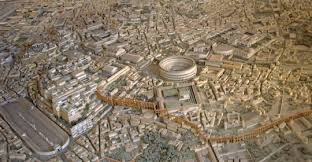
Let's start our trip to the Romans amphitheatres from the Capital. The Flavian Amphitheatre, alias the #Colosseum (72-80 AD), is still the most iconic monument of #Rome. It could hold 50-80.000 people, assisting a variety of public spectacles, even sea battle! #MuseumsUnlocked 



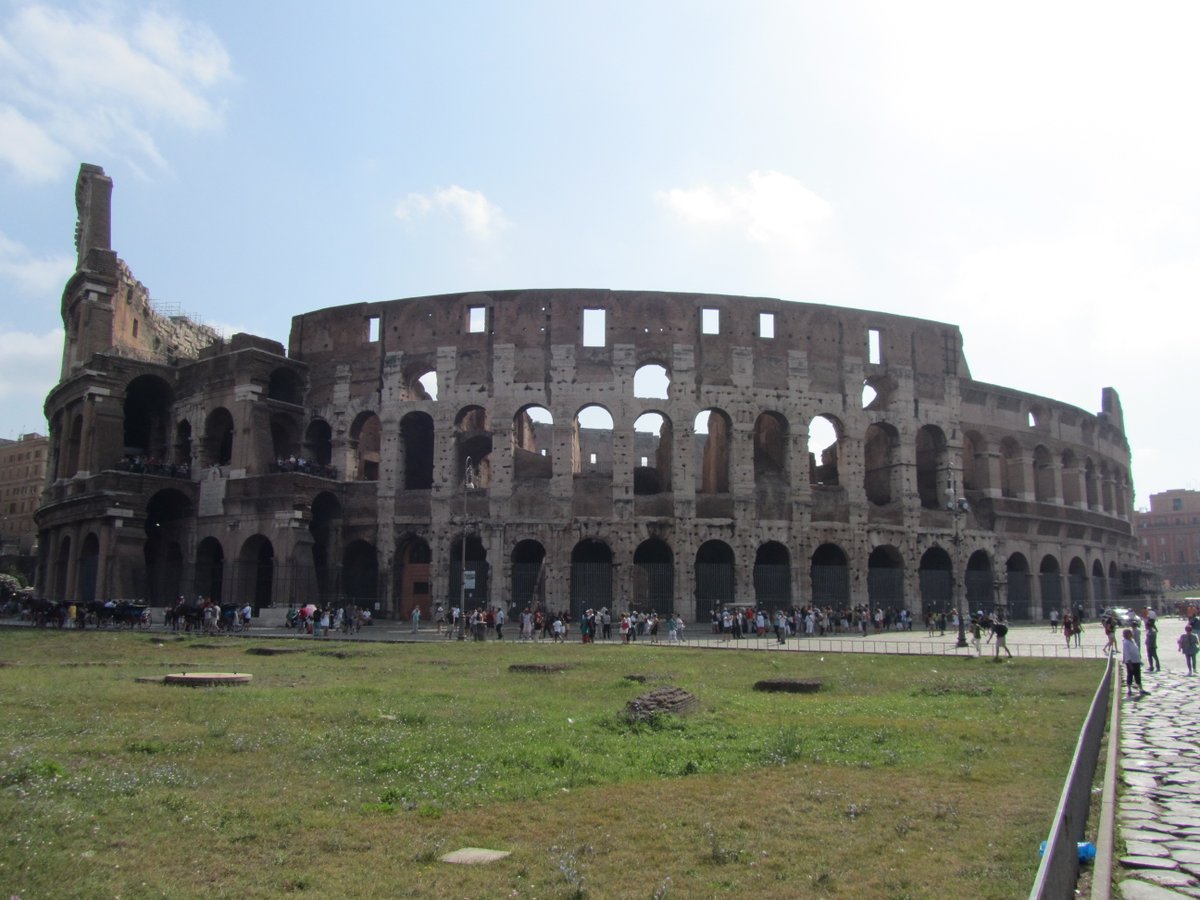
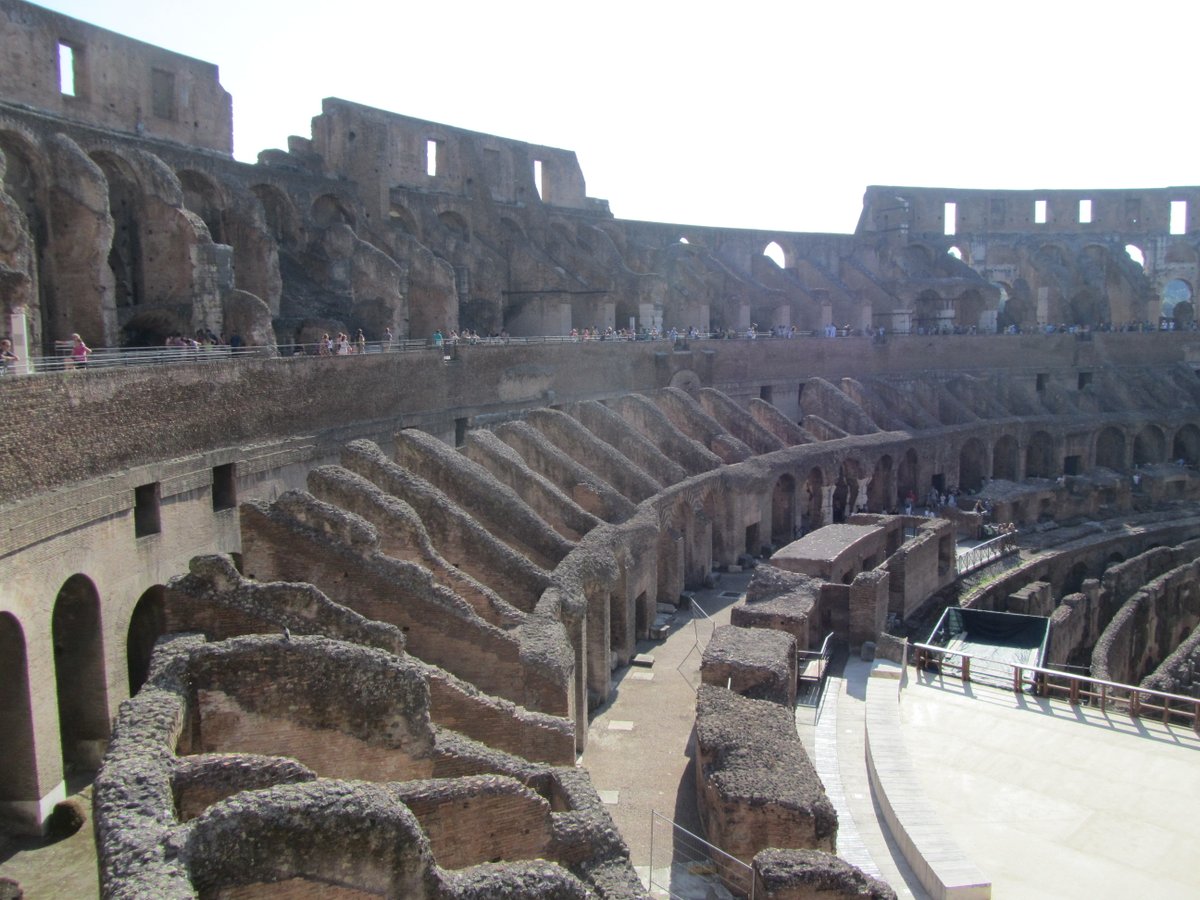
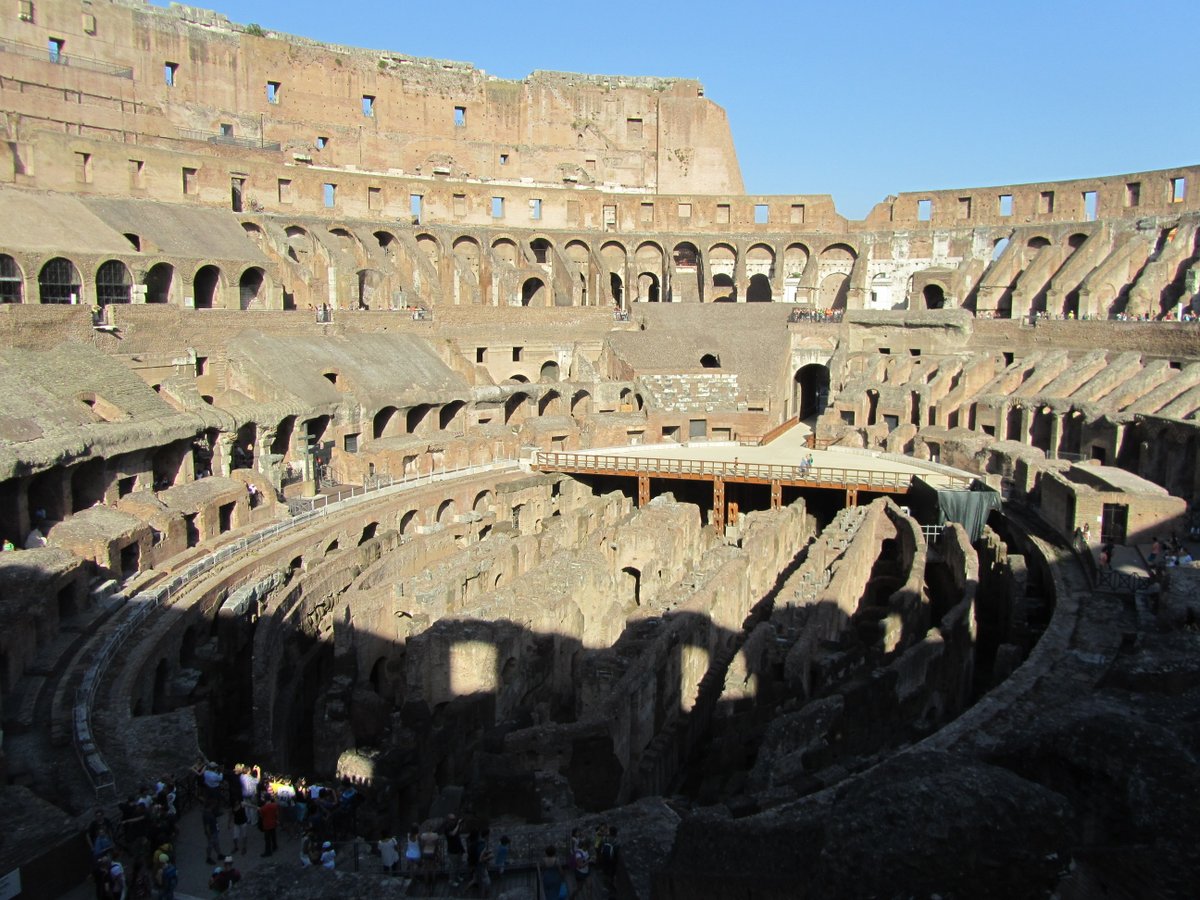

Also the already mentioned #Aquileia used to have its own amphitheatre, built in the I cent AD. Preserved only in remains, it was identified in the XIX cent. by E. Maionica and is currently under investigation by @UniVerona: looking forward for new discoveries! #MuseumsUnlocked 



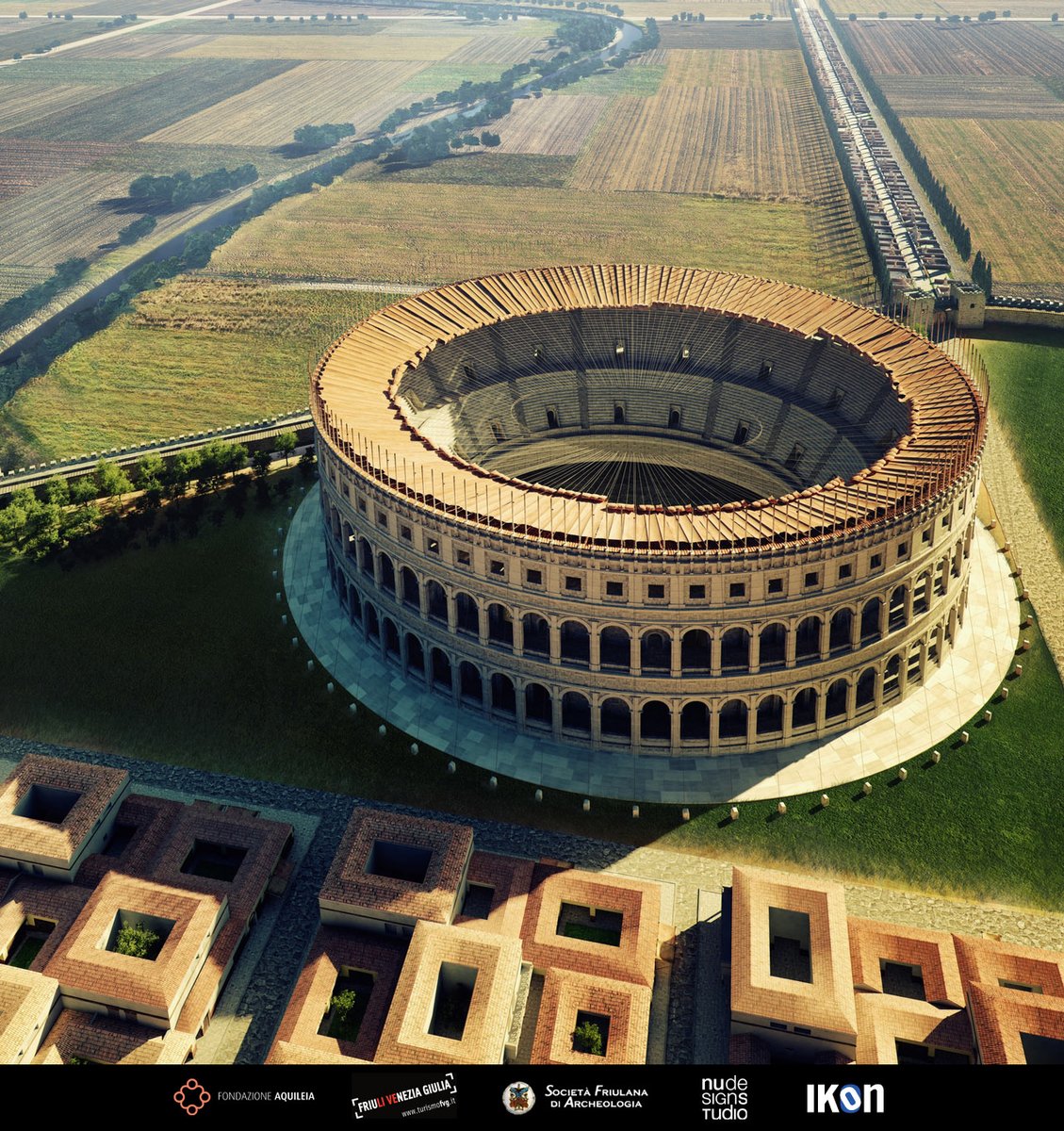

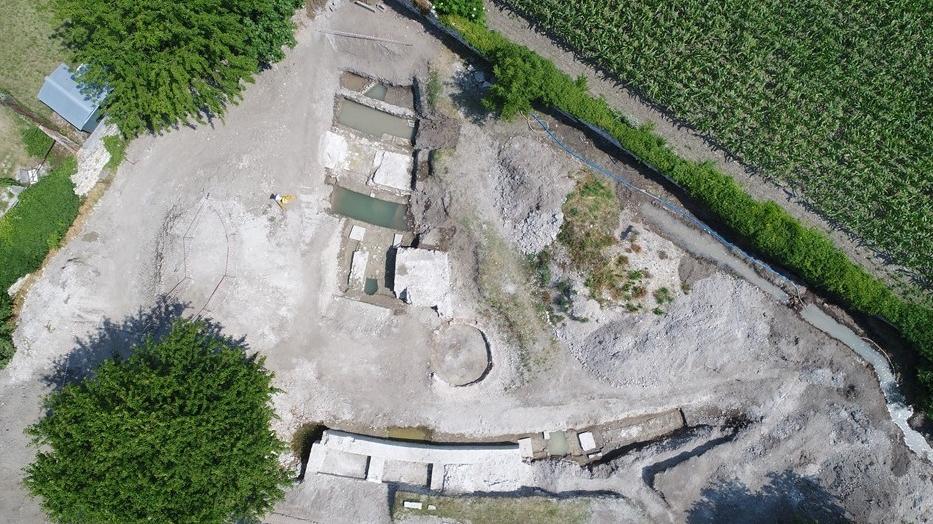
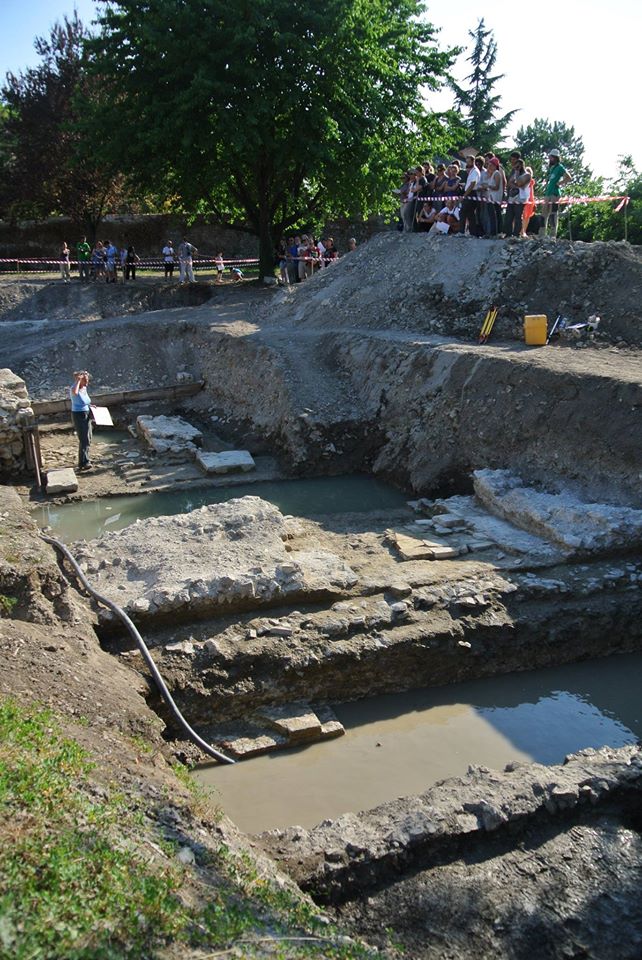
To kick off Day 51 of #MuseumsUnlocked (Thurs 21 May) on BELGIUM AND THE NETHERLANDS—some of the 9,500 artefacts excavated when the new Amsterdam Metro was built, and since 2018 permanently displayed in vitrines by the escalators at the new Rokin metro station #MuseumsUnlocked 







You can explore the full Rokin display on an excellent website, which also lets you create your own display with the finds. Public archaeology at its best! #MuseumsUnlocked
belowthesurface.amsterdam/en/pagina/de-r…
belowthesurface.amsterdam/en/pagina/de-r…

A reminder, as on Day 51 we move into the second half of 100 days of #MuseumsUnlocked, that the whole series is being archived by this account - do follow @MuseumsUnlocked to see each Twitter moment collected and tweeted as the project develops
A SHORT MANIFESTO to kick off #MuseumsUnlocked Day 50 (Weds 20 May) #CurationAfterLockdown. Please share yours with the #MuseumsUnlocked hashtag! (thread) 👇👇👇
1/ Humanity. We need museums and galleries that care about people before they care about objects. #MuseumsUnlocked #CurationAfterLockdown
2/ Expertise. Museums must invest in bespoke, hands-on curatorial expertise above some vague sense of "the digital". Knowledge of collections is not metadata. Museums need expertise and their own personalities not just good websites. #MuseumsUnlocked #CurationAfterLockdown
#MuseumsUnlocked is full of fascinating yet frozen in time & place #Egypt
This #Egypt is exclusive & imagined. One you only see behind #Museums' glass display cases or digital screens
Not the vibrant full of contrasts #Egypt living in & within ancient & modern Egyptians 👇
This #Egypt is exclusive & imagined. One you only see behind #Museums' glass display cases or digital screens
Not the vibrant full of contrasts #Egypt living in & within ancient & modern Egyptians 👇
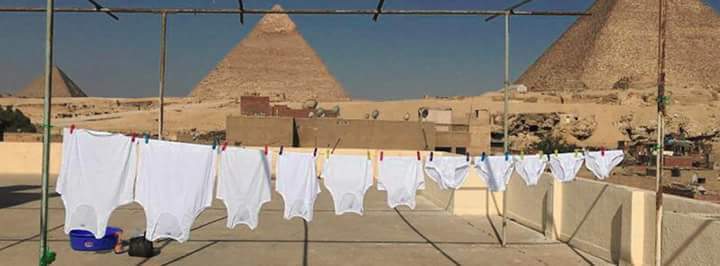
Sudan is an amazing place & today’s #MuseumsUnlocked is a wonderful celebration of its museums & archaeological sites! Here are my favorites from the National Museum, updates on our current @brownarchaeolog excavations at Uronarti & more!
.
.
#archaeology #sudan @BrownUniversity
.
.
#archaeology #sudan @BrownUniversity
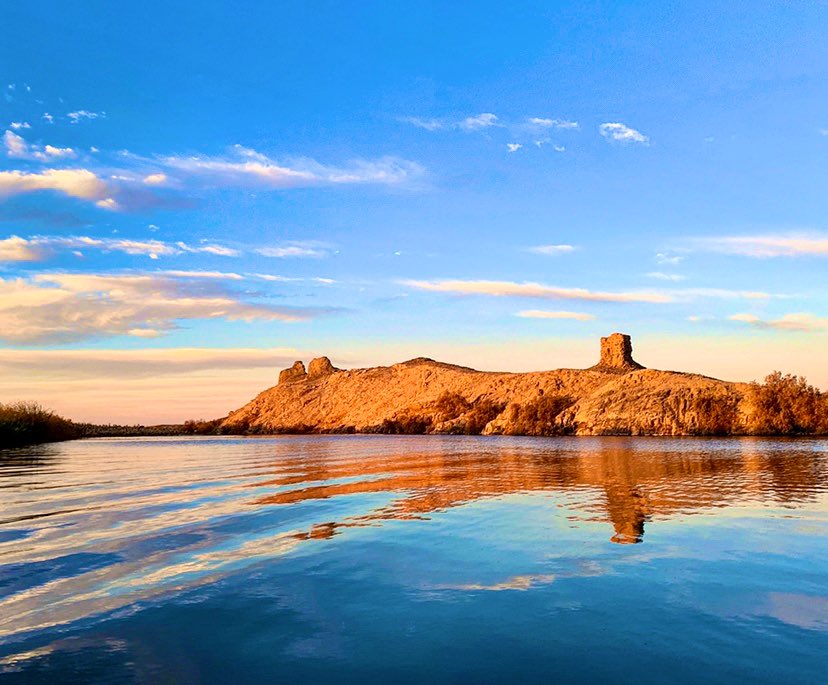
The National Museum of Sudan is an absolute treasure & one of my favorite museums on the planet. Established in 1971, the museum sits on the south bank of the Blue Nile & houses an amazing diachronic collection of Sudanese archaeology 





The collections of the National Museum of #Sudan span the rich history of the region, from Paleolithic to Medieval. The pottery collection features amazing examples of local ceramic traditions, including a rich display of beautiful 2nd millenium Kerma pots & some great repairs! 


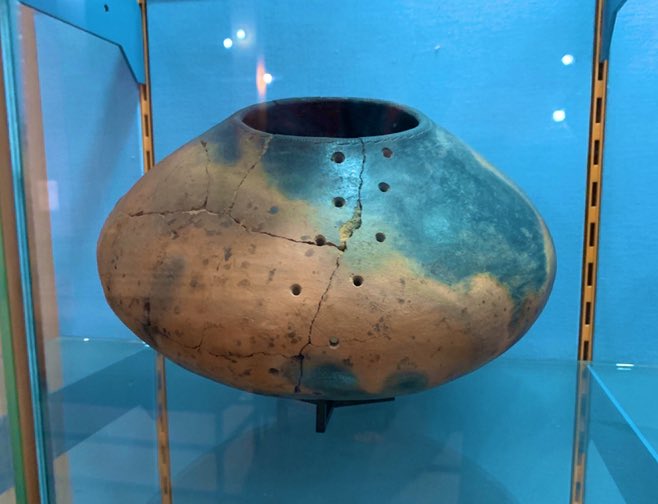
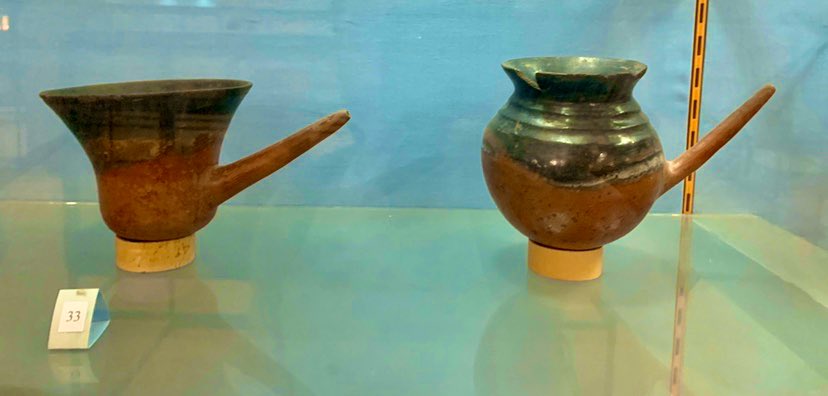
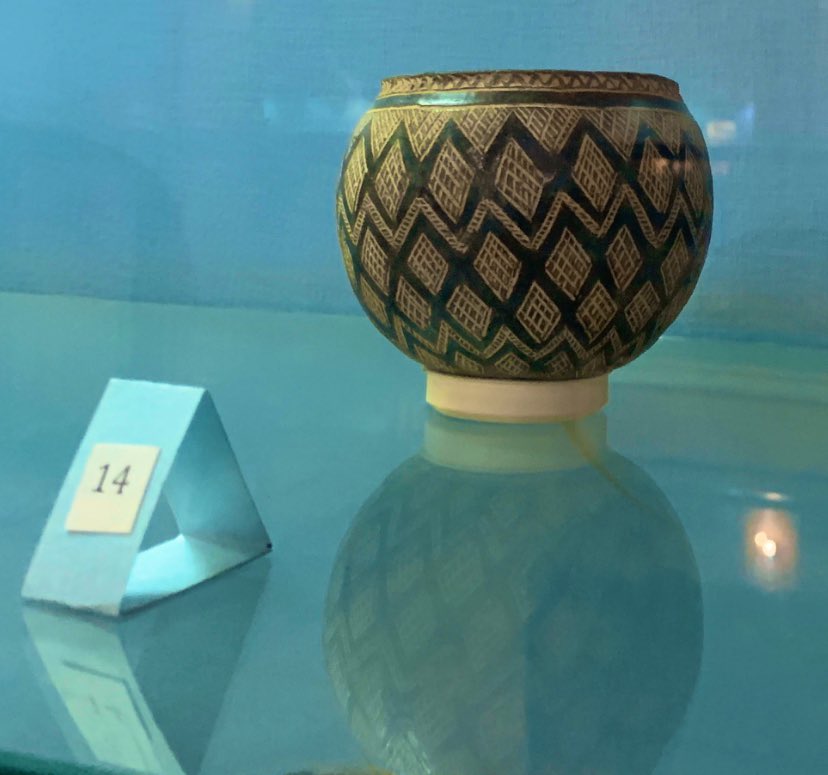
I've had the joy and privilege of going behind locked doors in so many museums over the years, making dozens of programmes about archaeology and history. So I'm donating this virtual, personal collection to @profdanhicks' #MuseumsUnlocked archive... 



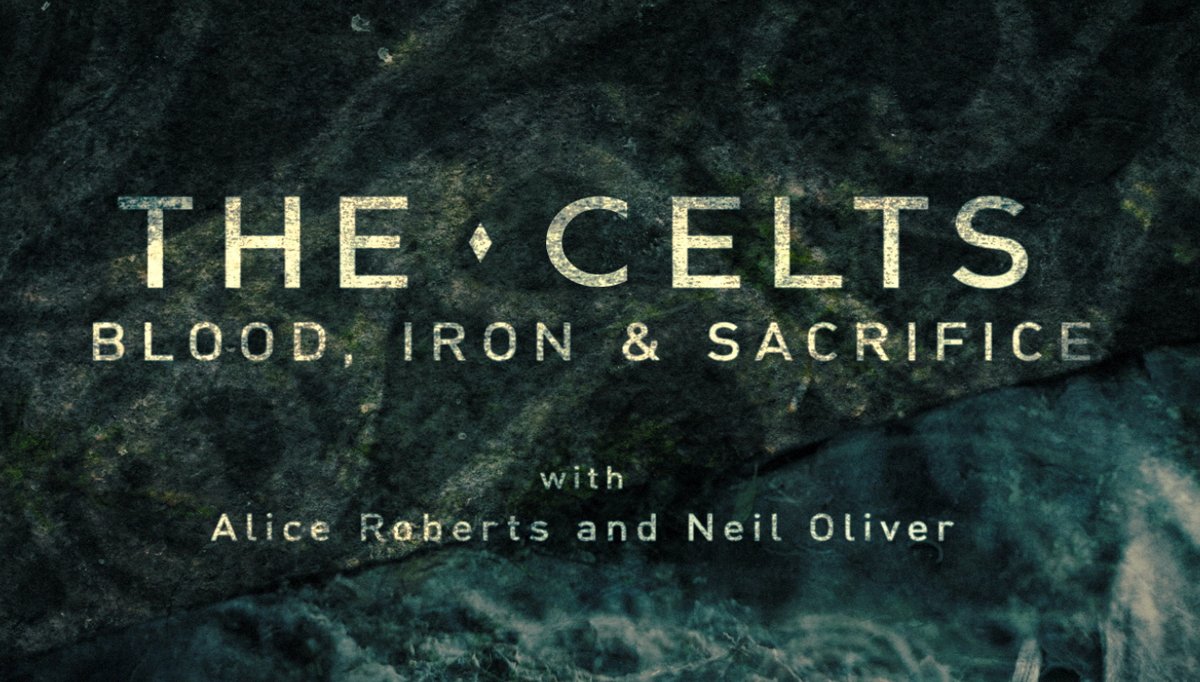

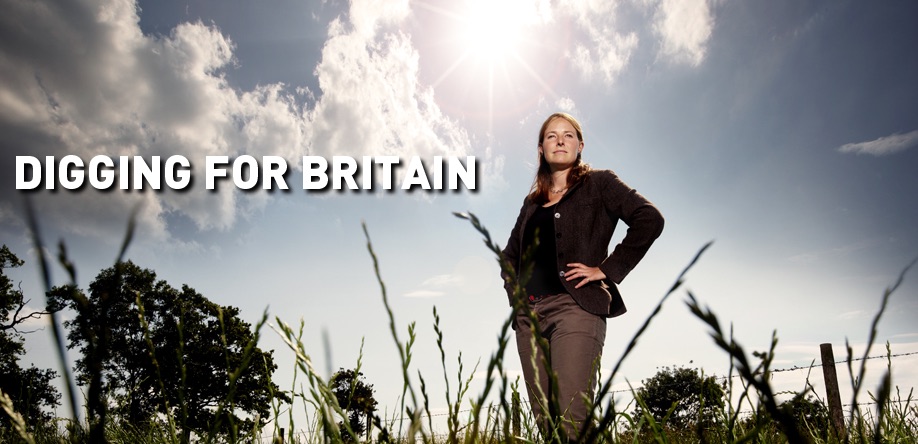

Shelves of beautifully preserved longbows and combs behind the scenes at the @MaryRoseMuseum - from the first series of Digging for Britain back in 2010 - and outside the museum with my baby daughter at lunchtime! 

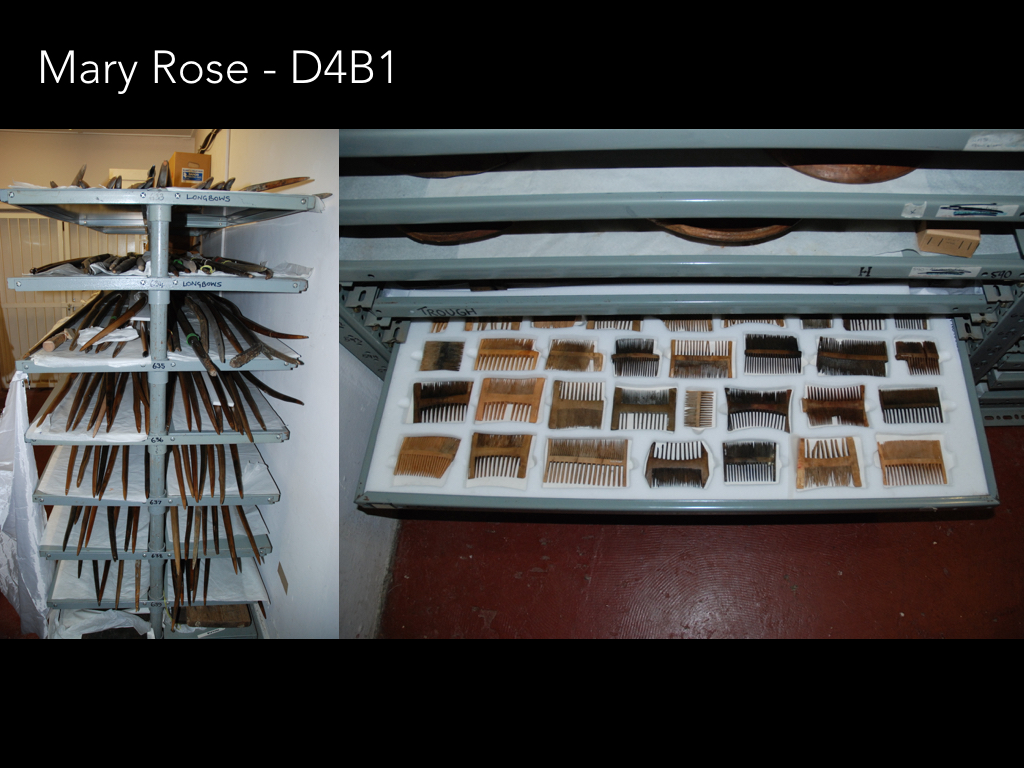
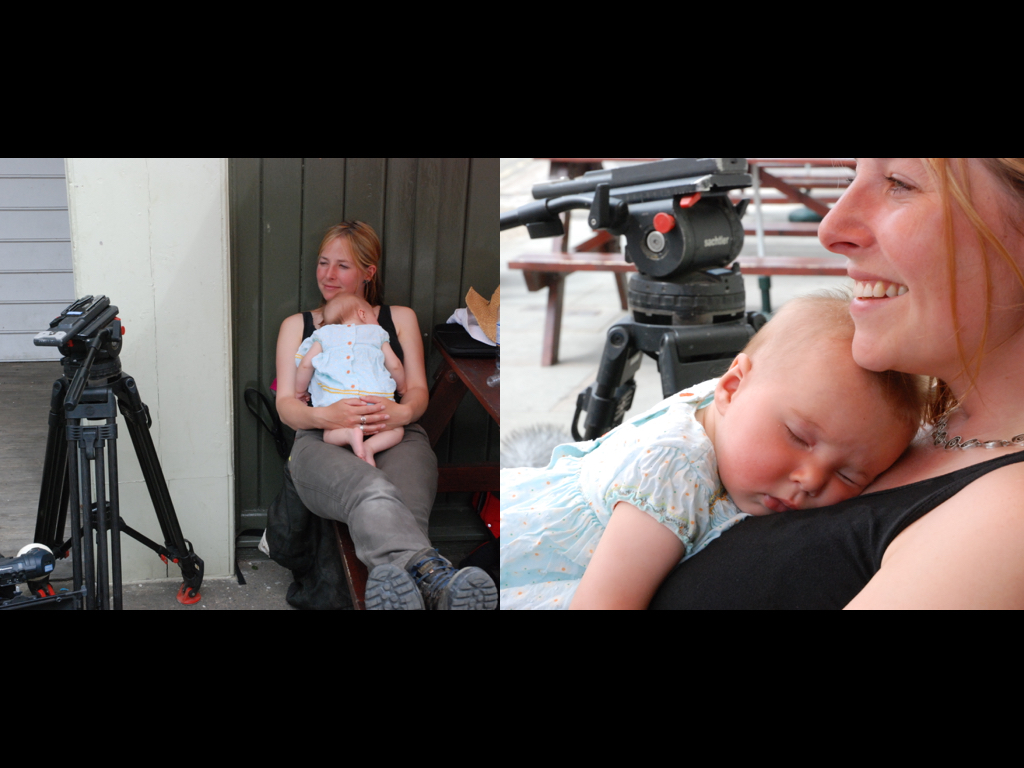
An Anglo-Saxon skeleton from Raunds, on Time Team - with @HelenGeake and Margaret Cox 











